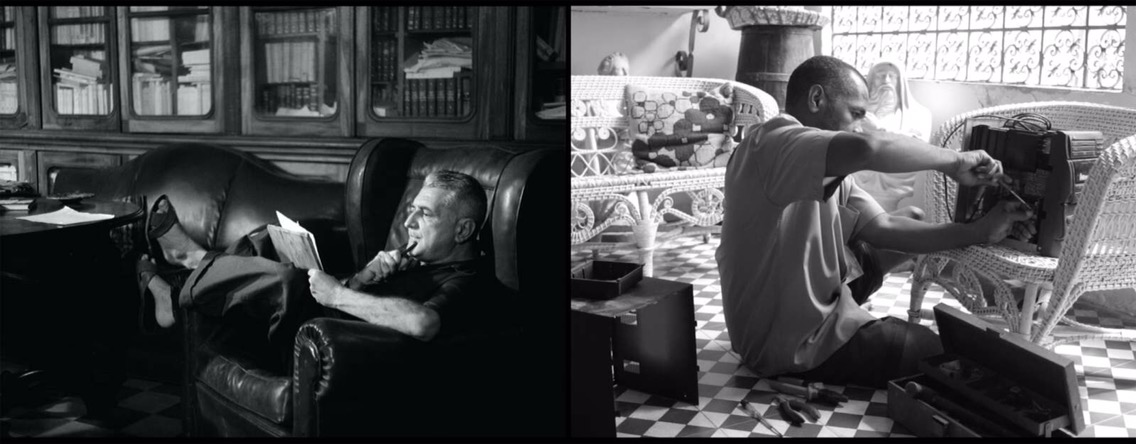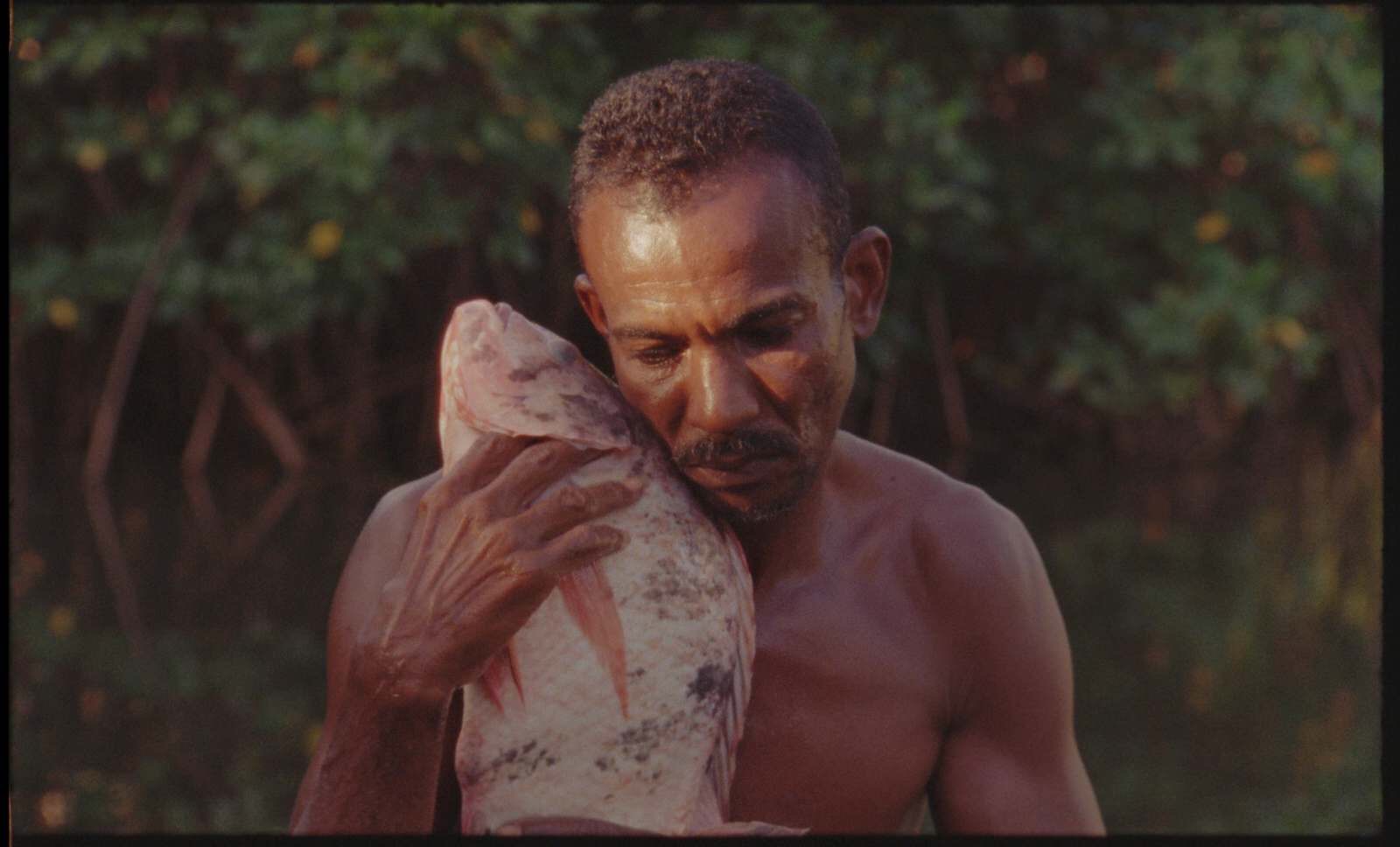I attended the BAMcinématek series Migrating Forms and saw the work of Jonathas de Andrade. At the theater there were about 50 people. I found De Andrade’s work interesting because the work centered around a similar theme of urbanization and modernity. They showed five of his works, O Levante (2013), 4000 Disparos (2010), Pacifico (2010), O Caseiro (2016) and O Pixie (2016). The first piece shown was O Levante which translates to Uprising. It was about the rural people racing in the urban streets with horses and carriages. It felt like it was recorded hand held while riding on one of the carriages, it was the 1st Horse-Drawn Cart Race in the Center of Recife (the city where Andrade is from).
The second piece 4000 Disparos was a ten minute clip of a sixty minute loop of male faces shot on super 8. The faces were shown alongside beeping noises that changed in pitch and pace sometimes, and so would the pace of the faces on the screen. While watching it at sometimes the faces all looked the same, you couldn’t get any distinct characteristic because of the speed of the shots. What I think Andradre intentions with the piece was to show how we all are the same, no man is different and that no man is better.
His next piece was an animation also shot on super 8 of an earthquake that removed Chile from South America and makes it into an island. Bolivia gets its water coast back which they lost in the Pacific War. In the animated piece all the problems because of war and violence is solved overnight by mother nature, which is a nice way to have problems be resolved for Bolivia.
The fourth piece shown was O Caseiro which means The Caretaker. The piece was about two men playing side by side on two different screens. It was like the Michel Gondry music video sugar water for Cibo Matto. The piece was in video in black and white. On the left it was a white writer and in the right is a black man I couldn’t tell his occupation. I researched the piece and the video on the left is Joaquim Pedro de Andrade’s The Master of Apipucos showing a day in the life of Gilberto Freyre in 1959. The right screen is in 2016 a caretaker who lives and works in that space.
The two videos played in synchronization showing how the men differed because of their race and class but were similar. The writer worked by writing in books and laying around in his office full of books while the caretaker worked with his hands fixing radios and cleaning the house. They both appreciated nature as we see both walk slowly through the garden touching the flowers and just living in the space, which I found to be quite nice to watch.
The last piece shown was O Pixie which translates to The Fish. The piece was about fisherman fishing. It was shot on 16mm and transferred to 2k video. The colors seemed almost painted on the screen it was aesthetically pleasing to me. There was no dialogue to the piece only the ambient sound of the lake they were fishing in. I found it interesting the method the fisherman used when catching the fish. They dominated the fish using a strong grip on them so they wouldn’t be able to squirm away but they also petted the fish. They held it close, affectionately and you could see the fish slowly die. It is the closest the fish would get to a peaceful death. I enjoyed this piece very much.
If interested check out Andrade’s website to see more of his work http://www.jonathasdeandrade.com.br .

